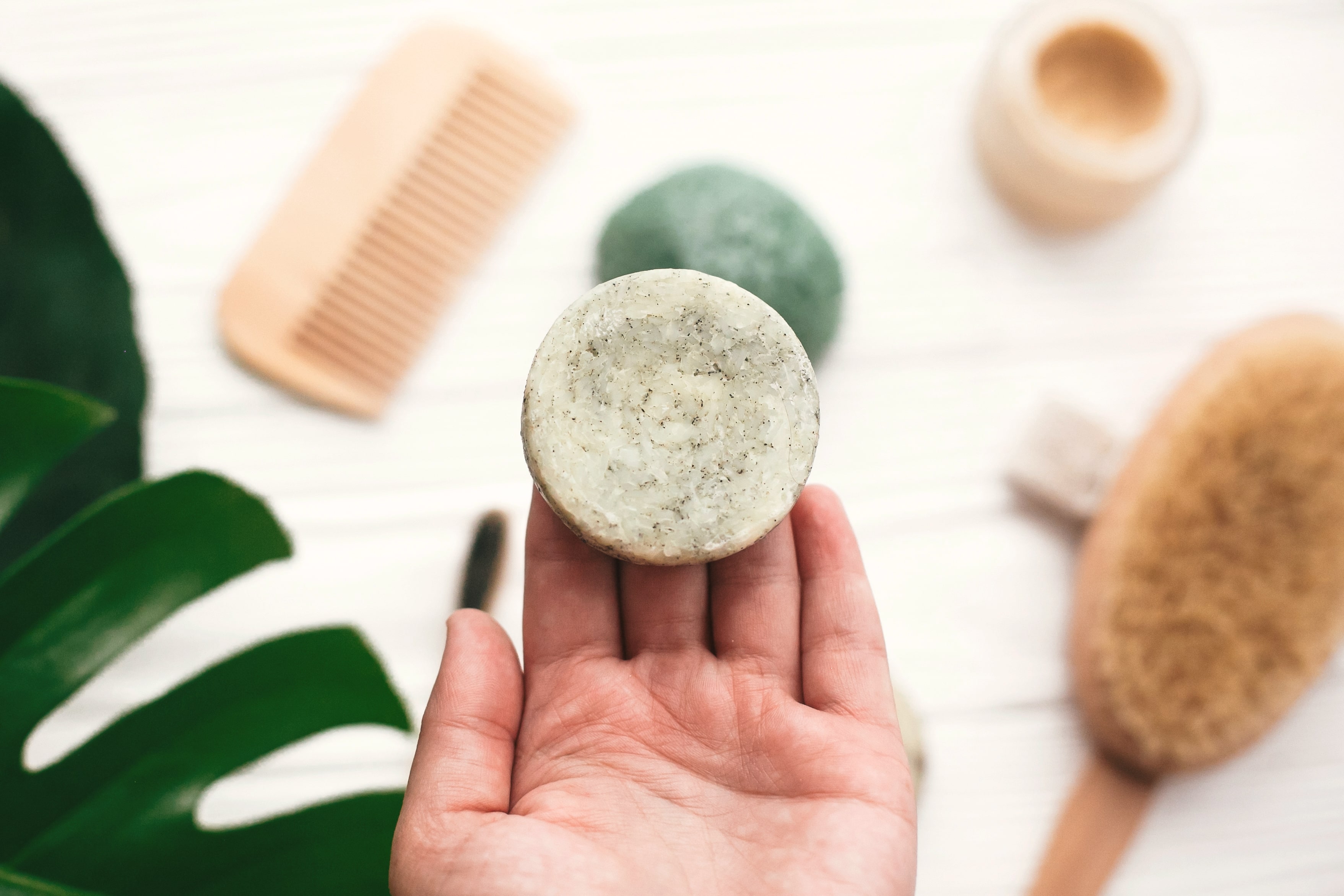Solid Cosmetics : A "solid” future in the beauty industry?

Sustainability has become a key driver in consumer behavior, as 75% of UK adults agree that they try to act in a way that is not harmful to the environment. This is particularly noticeable in cosmetics, where the interest for natural and waterless formulas is growing year after year.
Driven by this trend, solid cosmetics can attract these sustainability-conscious consumers by offering solutions to reduce waste, shipping weight and extend products shelf life.
Ideal for waste reduction
Obviously, the main advantage of a solid cosmetic is the massive reduction of plastic used for its packaging. Often anhydrous and regardless of its galenic, they are regularly presented "naked" or with a simple primary packaging usually made with recyclable paper or cardboard. As it is concentrated in active matter, their volume is massively reduced, limiting the carbon footprint linked to storage and transport.
Being anhydrous also means that many ingredients become obsolete in formulation. Preservatives, chelating agents, pH regulators and texturizers are therefore no longer necessary and contribute to reduce the number of raw materials needed.
Solid Beauty : More than just a trend
The evolution towards solid carries a much broader scope than just protecting the planet for consumers. Recalling the use and traditions associated with ancestral soap use, it reflects a whole universe centered around simplicity, safety, childhood and play. Taking the time to discover a new skincare gesture, seeing your product evolve over time, becoming an actor in its conservation, these are all emotional elements contributing to consumers' attachment to a product.
Few galenics, but multiple applications
Formulating a solid cosmetic requires the use of pure ingredients in powder form or naturally anhydrous ingredients such as butters, oils and waxes. We therefore can identify two main types of galenics:
- Powder form: loose or compressed in tablets, often cold-processable and often used for cleaning and absorption (dry shampoo, facial cleanser).
- Bar form: the most used, often obtain by hot-process, can be used for cleaning and for emolliency (shampoo bar, massage bar)
Even if the applications seem limited, the last few years have seen an inexhaustible flow of innovative developments. Initially restricted to a few products such as soaps and solid shampoos, we can now find almost everything on the shelves: perfume, make-up, deodorant and even toothpaste!
Are solid cosmetics the ultimate answer?
Despite all its benefits, solid cosmetics cannot yet meet all the expectations of consumers. Whether through misuse or misformulated products, complaints are growing about the irritating nature of certain products, the lack of long-term efficacy or simply the greasy sensoriality associated.
Indeed, using a pure, undiluted product can lead to a local overuse of certain ingredients such as surfactants leaving the scalp dry or irritated.
In addition, since most humectants and active ingredients are water-soluble, solid skin care cannot take advantage of these anti-aging and moisturizing properties.
There are, however, innovative approaches that can help to overcome these challenges, as illustrated in these two formulas :
Cleansing formula (Clariant, Nouryon) Black Delight
Gentle shampoo bar “Keep Calm” (Ichimaru Pharcos, Sabo, Aprinnova, Nouryon)
Can we say that solid cosmetics is only in its early days and that it has a bright future ahead of it? Completely! This form represents the best of what is being done to safeguard our resources. Unfortunately, its exponential and very recent development is facing great challenges related to its sensoriality and effectiveness compared to regular cosmetics. Although the formulation is simple to process, it requires precise and carefully chosen ingredients to stand out and remain anchored in the everyday life of consumers.







